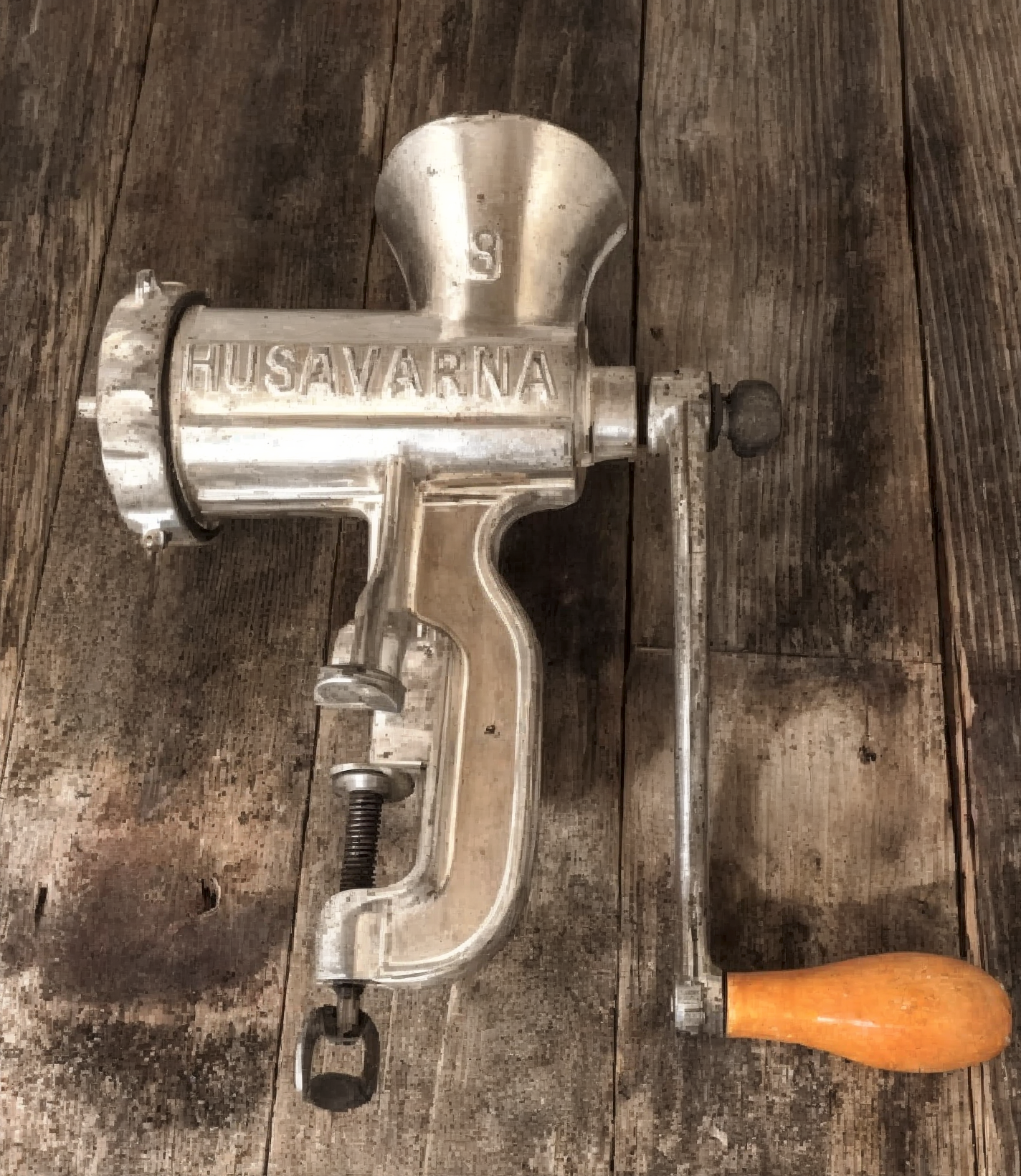Unearthing the Hidden Tales of Common Kitchen Utensils
Embark on a fascinating journey through time as we delve into the surprising origins of everyday kitchen utensils that have become indispensable to human civilization.
**Knives:**
One of the oldest and indispensable kitchen tools, knives trace their roots back to prehistoric times. Initially crafted from stone, their evolution led to the use of metal in their production as technology advanced.
**Spoons:**
Spoons, essential for countless culinary tasks, have a rich history. Originating from wood or bone, the Romans introduced metal spoons. Over time, spoons evolved into more decorative and ornate forms, gaining popularity in the Middle Ages among the wealthy.
**Forks:**
While forks might seem commonplace today, their journey to the modern utensil rack is intriguing. Initially not widely used, forks with multiple tines, as we know them today, emerged in the 18th century, transforming from a luxurious dining accessory to a kitchen staple.
**Ladles:**
Ladles, the quintessential tool for serving soups and liquids, boast a history spanning thousands of years. Early ladles were crafted from wood or bone, and their modern counterparts are typically fashioned from metal or plastic.
**Tongs:**
Centuries ago, tongs served a different purpose—grabbing hot coals from a fire. As time marched on, tongs evolved to become indispensable in cooking and serving food, proving their versatility in the kitchen.
**Rolling Pins:**
Rolling pins, crucial in baking and pastry-making today, have an ancient lineage. Initially constructed from stone or wood, they have adapted over time to become a staple in kitchens worldwide.
